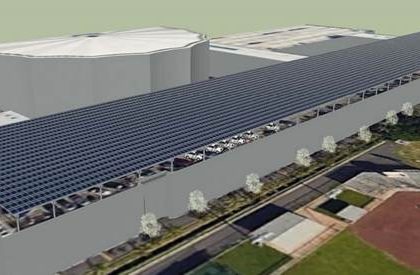In 1839, roughly 70 years after the first solar cell was created, Edmond Becquerel observed the photovoltaic effect in action, kick-starting a revolution in human understanding of solar energy — and power production and usage more broadly. At this point, experimentation with electrical power is in full swing, although the first American power grid technology was still a few decades away. The photovoltaic effect is a foundational principle underpinning the very existence of modern solar technology. In a nutshell, Becquerel observed that certain materials produce electric current when they’re exposed to sunlight or even radiant heat.
At just 19, Becquerel made this breakthrough while researching in his father’s lab. After this inflection point, it became clear that solar capture technology doesn’t require an additional translation of energy to utilize the resource after it has been collected as light. Early solar capture revolved around creating heat, but this must be translated again in order to develop an electric charge that might power a machine, light bulb, or automotive vehicle. With each conversion, energy is lost — another foundational principle — meaning the ability to generate electrical current directly from collected sunlight saved incredible space, time, and energy itself.
[Featured image by Nadar via Wikimedia Commons | Cropped and scaled | Public Domain]
This post was originally published on 3rd party site mentioned in the title of this site






